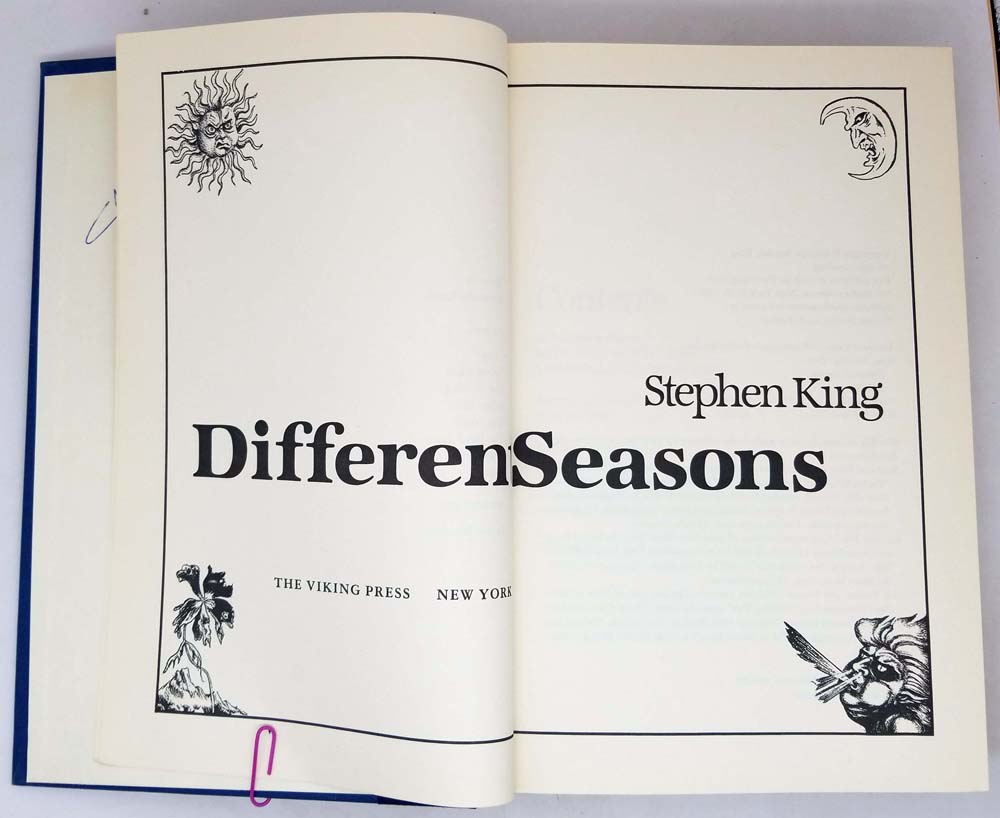


I liked how it had more of a conversational quality to it too, as if you’re sitting down and hearing Red tell it, with all the tangents, asides, and references to future events in the story that might come along with that. It was an interesting stylistic choice that helped to highlight the more mythical qualities of Andy Dufresne, the innocent convict upon whom the story is focused, as we come to learn of his reputation and what he manages to achieve despite his position. Red, a fellow convict and the man who can “get things” for other inmates, serves as the sole narrator of the story and tells it all retrospectively. It did feel a little less personal, though. I find reviewing this book a bit tricky in a way that’s different from a short story collection or anthology because each one of these novellas could have a dedicated review in their own right, but I really don’t want to keep you here all day, so I’d like to try giving my thoughts on each going along, tying things together as I go.Īs a fan of the film adaptation, “Rita Hayworth and Shawshank Redemption” was close to exactly what I expected it to be, plot-wise.

In the first story, a wrongfully imprisoned convict manages to rise above his destitute fate, in the second a gifted teen becomes obsessed with the dark past of an elderly local, in the third four rambunctious boys go on a quest to find a dead body, and in the final a single mother-to-be goes beyond the natural in order to save the life of her baby. Each novella is headed by a sectional title that assigns a season of the year to it: Hope Springs Eternal for “Rita Hayworth and Shawshank Redemption”, Summer of Corruption for “Apt Pupil”, Fall from Innocence for “The Body”, and A Winter’s Tale for “The Breathing Method”.

At the time, this book marked a bit of a departure from horror for King, the stories within telling more dramatic tales. Different Seasons is a 1982 collection of four novellas by Stephen King.


 0 kommentar(er)
0 kommentar(er)
